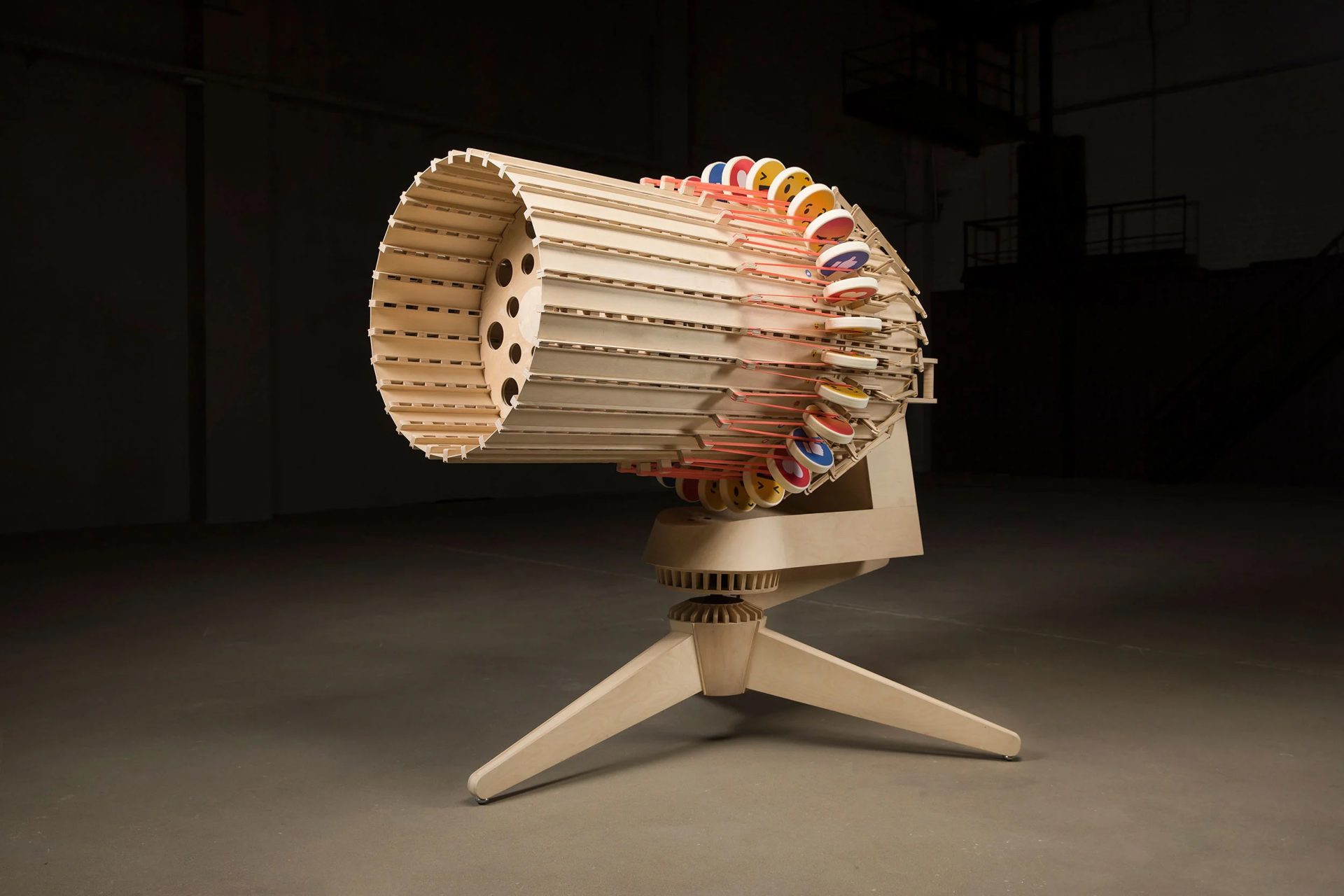
Using his “Emotigun,” Tadas Maksimovas offers a look at how our need for constant affirmation would appear in the physical realm. This “motor-powered, remote-controlled machine slingshot” was created by Maksimovas, designed by Martijn Koomen, and had its first prototyped version crafted by YouTube star Jorg Sprave. In the video below, Maksimovas offers himself as a target.
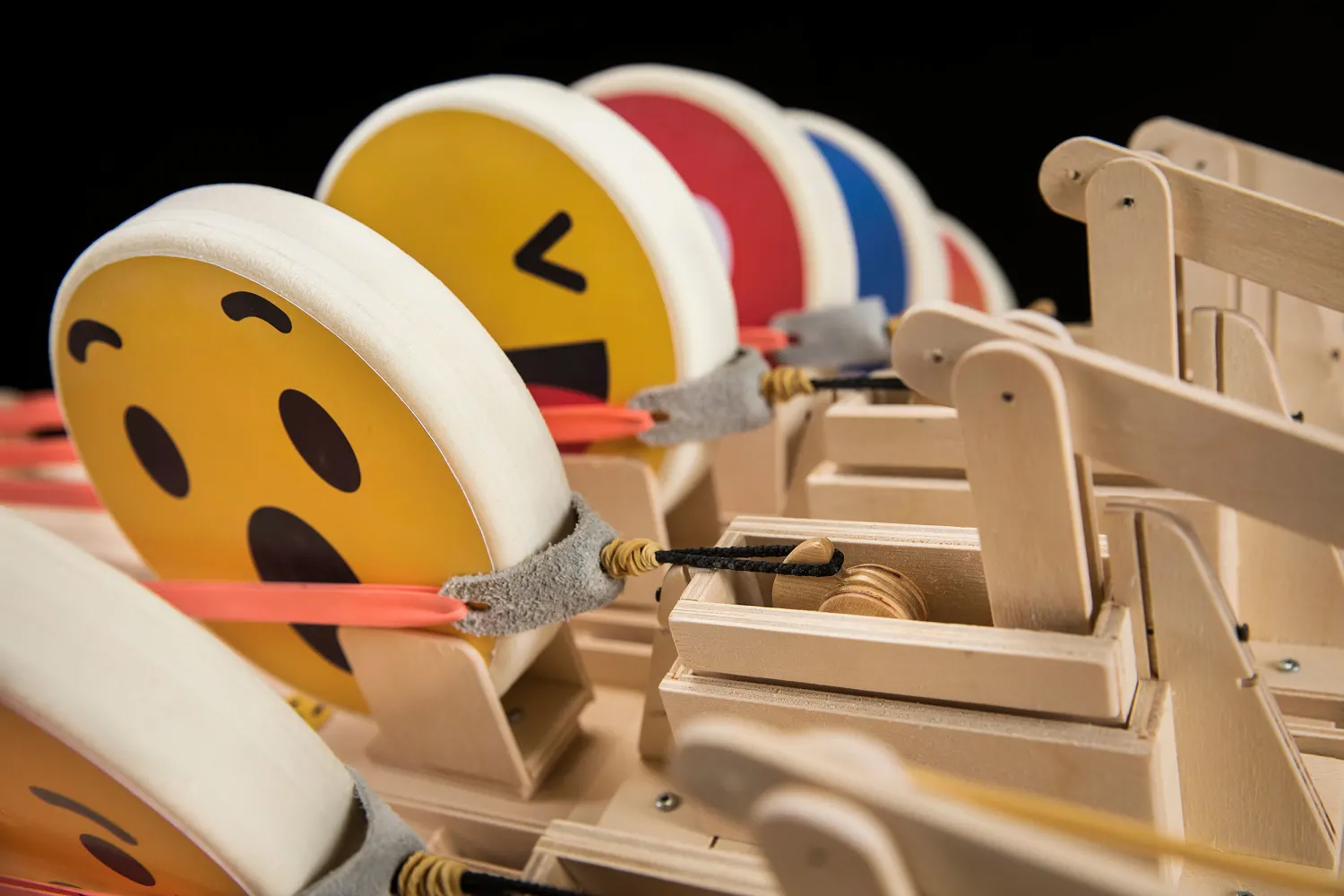

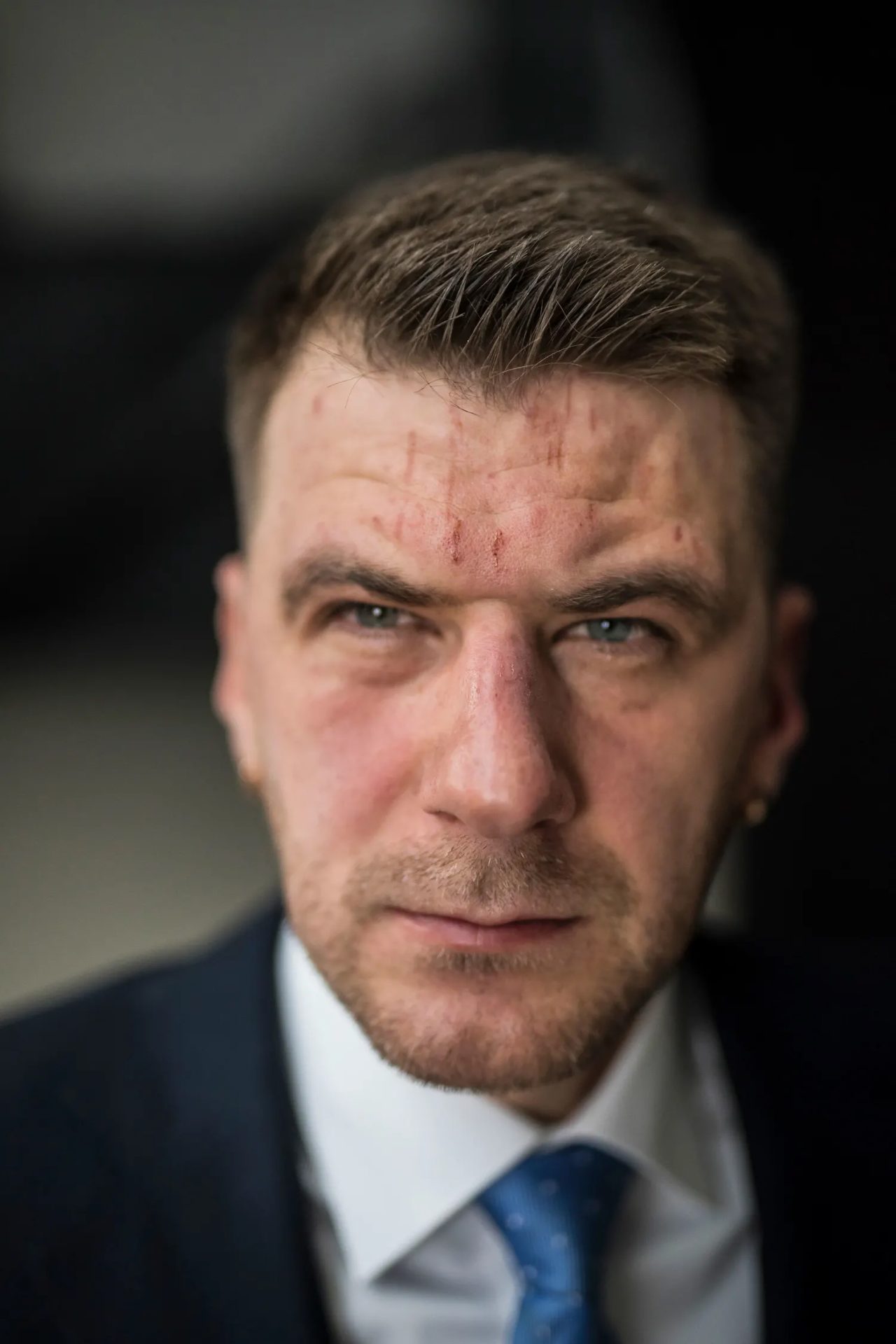
The artist says the gun is “loaded with reaction emojis as it’s ammunition which can be found across social media platforms – 👍 ❤️ 😂 😯 😢 😡 etc.. The concept aims to pose the question as to whether or not we would still long for constant recognition online, if we received it physically.”
See more views of this projects and others below.
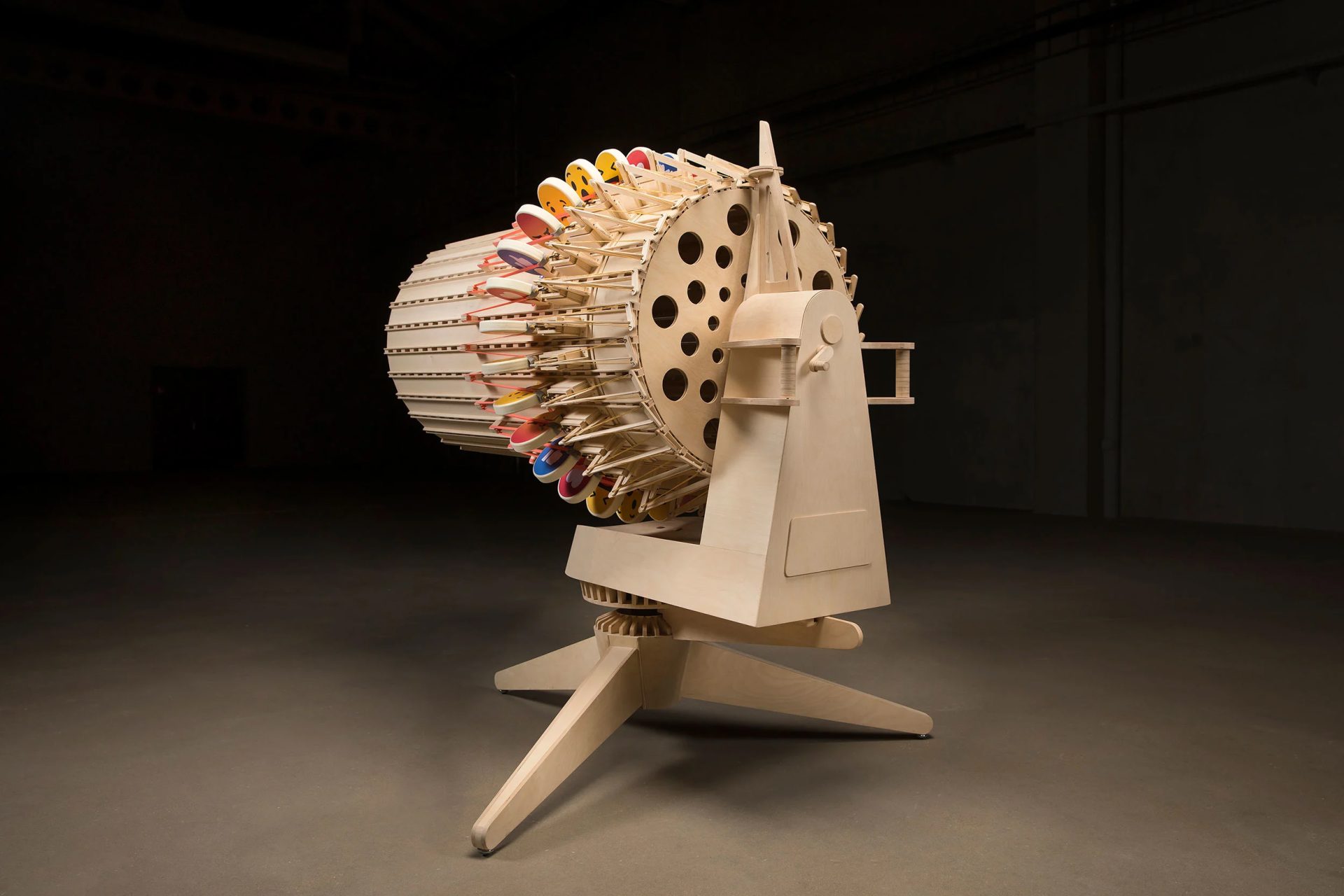
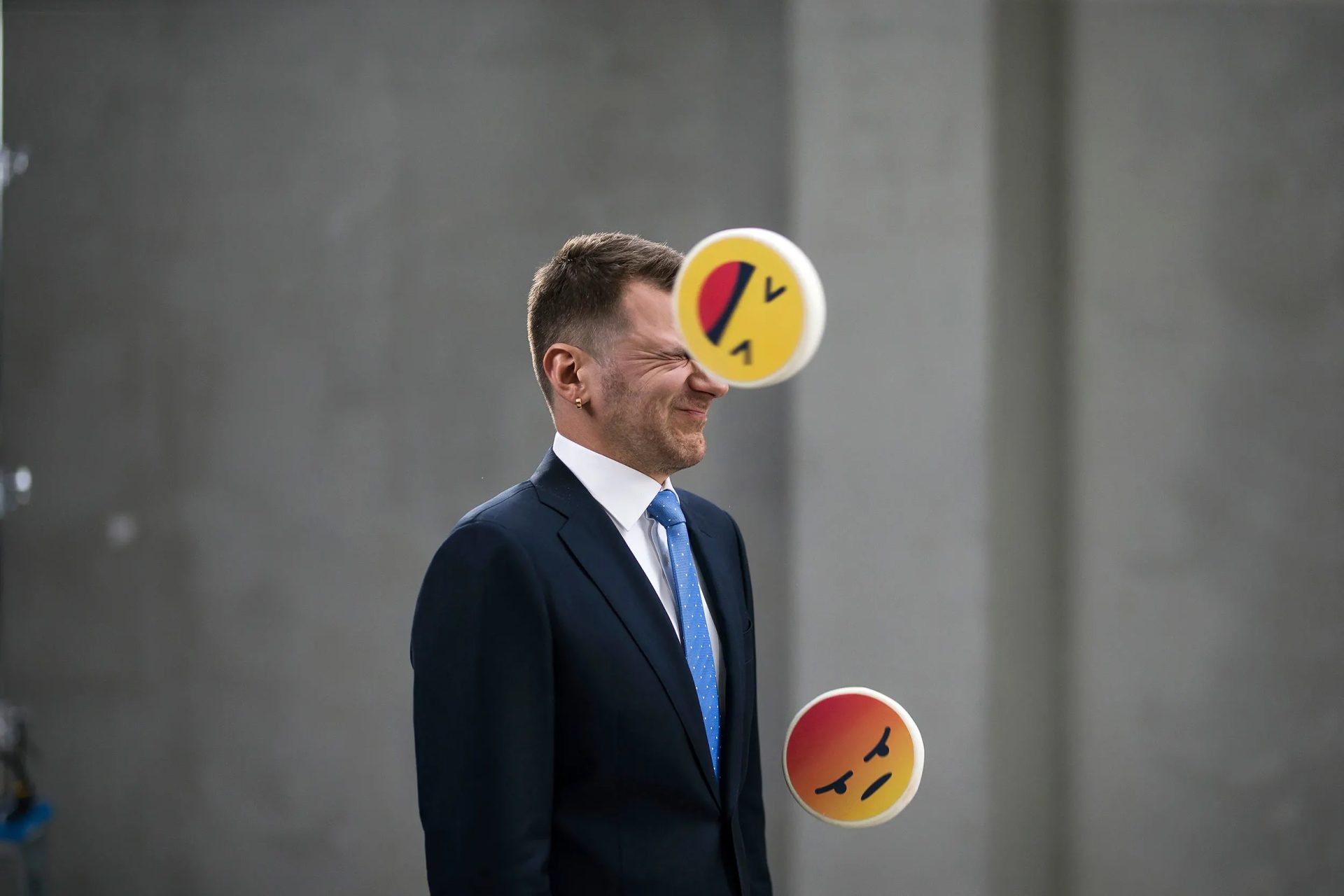


 Spanish artist
Spanish artist 
 Life and death are major themes explored through the work of
Life and death are major themes explored through the work of  While one may look at
While one may look at